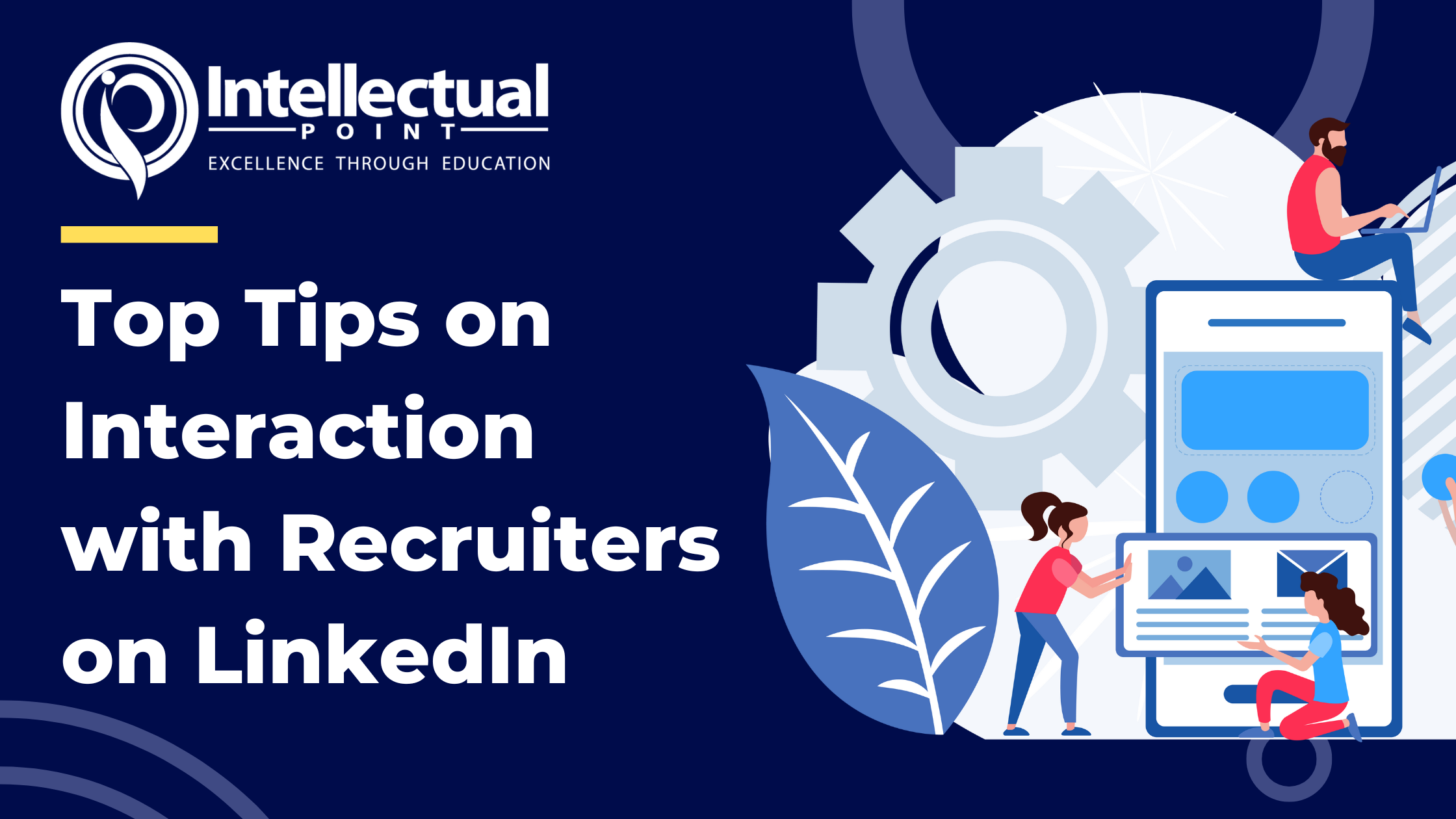
Top Tips on Interaction with Recruiters on LinkedIn
By Lyan Ware Contributor
Networking plays a significant role in landing a job interview when you’re actively on the hunt. Some might argue that it is the most valuable asset to landing a job, even more so than your resume. Engaging with recruiters is a major facet of networking that’s a potentially huge hurdle to overcome for those who do not understand the right approach.

Everyone who contacts a recruiter is trying to get a job. So are you, but you don’t need to tell them how great the need is for you. The desperation—the need can scare people away. It’s a lot to live up to. It builds up so much expectation to rescue someone. Recruiters aren’t rescuers. They aren’t first responders. They are gatekeepers and bouncers who can only let in a certain amount of people. How are you going to get yourself in?

Have you ever turned away a panhandler? Ever told a homeless person you had no change? Maybe you even sneered at them. Ever looked the other way when someone with a bucket and a bell or a pamphlet makes a beeline for you? A recruiter encounters many levels of need daily. You cannot rely on your urgency and need in order to get looked at twice, since it is more likely that it will get you turned away.

So, instead of going into this process with the mindset of, “I have to get this job. I need to get this job,” you should focus on, “I will show them who I am and what I can do” and learn to leave everything else in the other person’s hands. You have no control over whether they will give you the job or not. You have no insight on what it is they do or don’t see in you. Preoccupying yourself too much with what they might think places so much pressure on you. Pressure that isn’t necessarily constructive.

To transform your approach with recruiters from a mindset of emotional investment, into a mindset more productive for networking, here’s a process you can use for how to engage with recruiters on LinkedIn:
- Before you click that ‘Connect’ button on a recruiter, do a little research on both them and the company they’re hiring for. Is the company very veteran-friendly? Is the recruiter themselves a veteran? Try to find that common thread that will create a genuine sense of connection to that recruiter. They are, after all, a person with a role and not the role itself.
- Once you find that commonality, you can use it as your ice breaker when you send them a connection request. That’s right, a request to connect before you boldly click ‘Connect’.
- As previously stated, you need to send the recruiter a short and polite message asking permission to connect with them before requesting the connection. Yes, this is an extra step, but it reinforces the humanization you’re trying to achieve, which will stand out from chorus of the “Hire me! Hire me!” crowd. Your taking that extra time for them might encourage them to reciprocate by taking a bit of extra time for you. Here’s an example of what that message should look like:
“Hello! While researching the company, I found your profile and saw that you served in the US Armed Forces. So did I! I think it’s great to see a fellow vet working at this company. How do you like it? Would you mind if I add you to my connections?”

The main take-away from this example is that you use the common thread to make friendly, but short and appropriate small talk that leads into a polite request to connect.
- Once the recruiter accepts the request to connect, be sure to follow-up with a quick ‘thank you’ for accepting.
- Don’t jump straight to the “Would you consider looking at my resume?” or “I’d like to apply for the open position!” A better way to approach that eventual conversation would be to ask what they are looking for in a candidate or if they can connect you with the person who currently holds the position, so that you can learn more about it. This accomplishes two things. Firstly, it doesn’t ring with the infamously cringey desperation. Secondly, it shows that you’re willing to put in the work and do the appropriate research on a job before applying.
- Now, if a recruiter isn’t very responsive, no matter where you’re at in your interaction with them, do not do more than 1 follow-up. Just a single quick and friendly, “Hello there! Haven’t heard from you in a while. Just wanted to check in, in case my message was lost in your inbox! I understand you’re probably very busy, just wanted to follow-up from our last conversation.” Hitting up a recruiter with too many follow-ups is a quick way to get yourself blacklisted, and we certainly do not want that.

Lastly, if an interaction with a recruiter doesn’t result in you landing a job, or doesn’t go as planned, that’s okay! Move on to the next opportunity. Do not take it personally. Just because you aren’t picked by that specific person, doesn’t mean you aren’t pickable, so do not let this aspect of the job hunt injure your sense of self-worth. Remember: out of the herd, they can only choose one candidate. Today it may not be you–not tomorrow either, but someday it will be you for the company that you want.
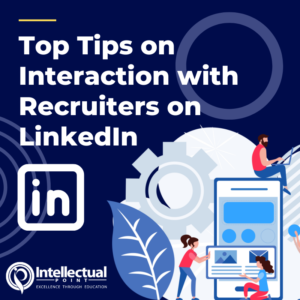






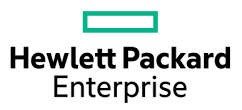







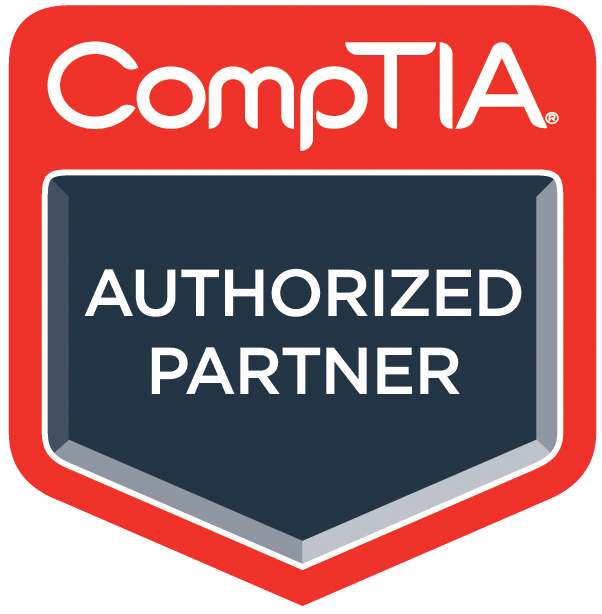




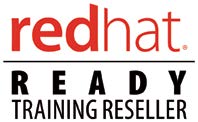







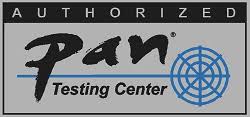

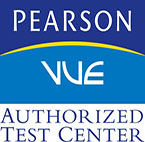


Leave a Reply
You must be logged in to post a comment.